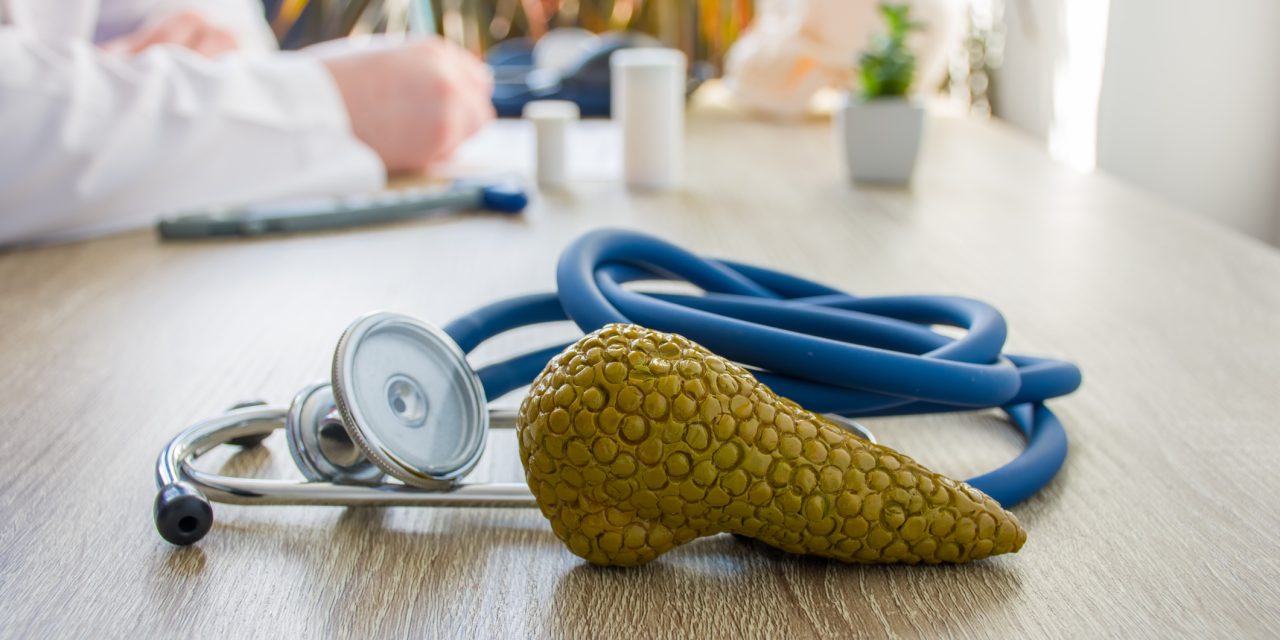Cardiovascular disease (CVD) remains a worldwide public health concern despite decades of research and the availability of numerous targeted therapies. While the intrinsic physiological mechanisms regulating cardiovascular function are similar between males and females, marked sex differences have been established in terms of CVD onset, pathophysiology, manifestation, susceptibility, prevalence, treatment responses and outcomes in animal models and clinical populations. Premenopausal females are generally protected from CVD in comparison to men of similar age, with females tending to develop cardiovascular complications later in life following menopause. Emerging evidence suggests this cardioprotection in females is, in part, attributed to sex differences in hormonal regulators, such as the renin-angiotensin system (RAS). To date, research has largely focused on canonical RAS pathways and shown that premenopausal females are protected from cardiovascular derangements produced by activation of angiotensin II pathways. More recently, a vasodilatory arm of the RAS has emerged that is characterized by angiotensin-(1-7) [(Ang-(1-7)], angiotensin-converting enzyme 2 and Mas receptors. Emerging studies provide evidence for a shift towards these cardioprotective Ang-(1-7) pathways in females, with effects modulated by interactions with estrogen. Despite well-established sex differences, female comparison studies on cardiovascular outcomes are lacking at both the preclinical and clinical levels. Furthermore, there are no specific guidelines in place for the treatment of cardiovascular disease in men versus women, including therapies targeting the RAS. This review summarizes current knowledge on sex differences in the cardiovascular actions of the RAS, focusing on interactions with gonadal hormones, emerging data for protective Ang-(1-7) pathways and potential clinical implications for established and novel therapies.
Sex differences in cardiovascular actions of the renin-angiotensin system.


